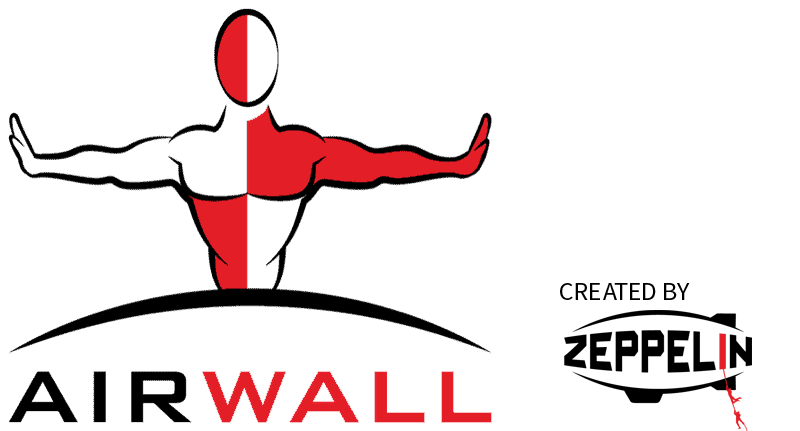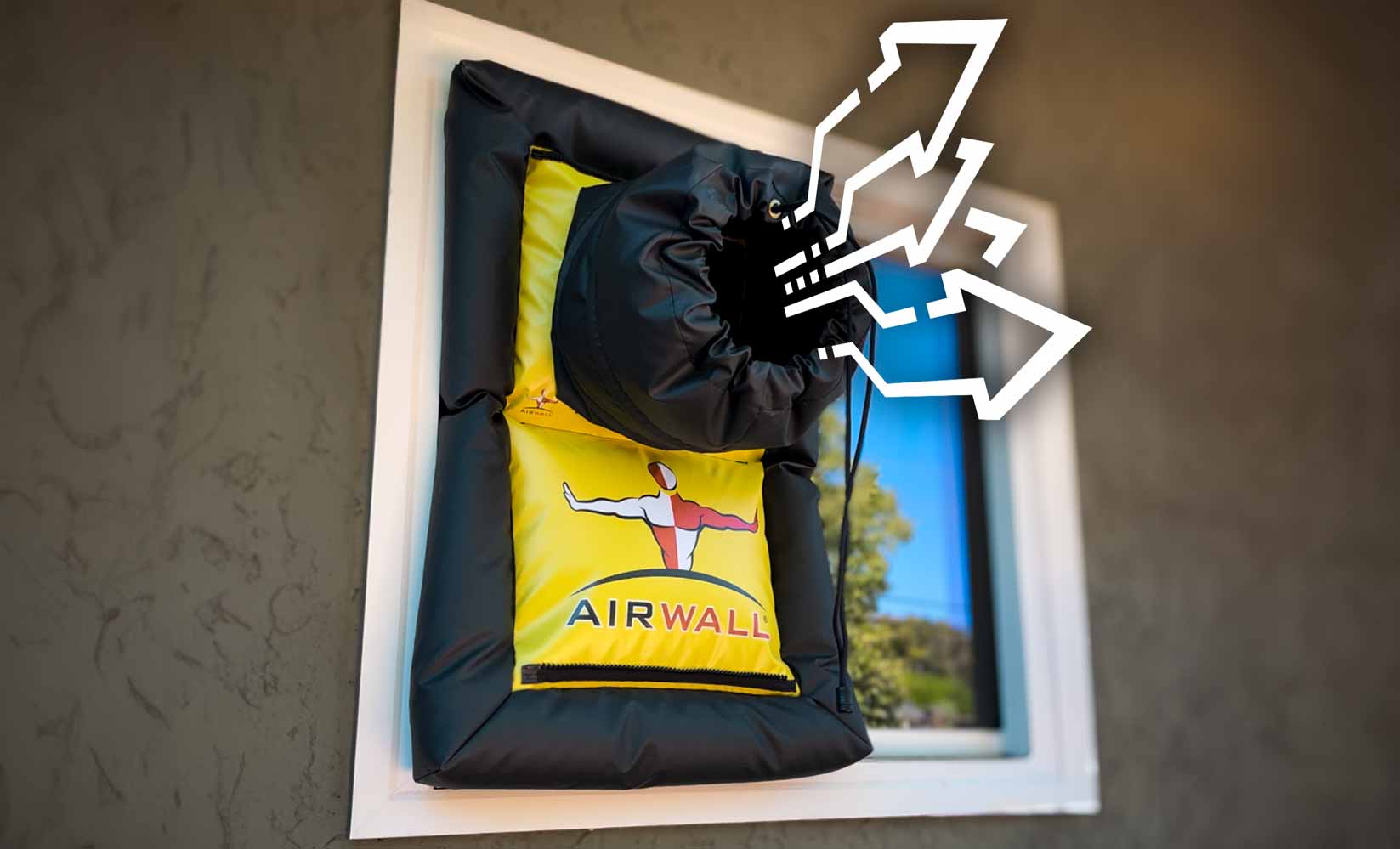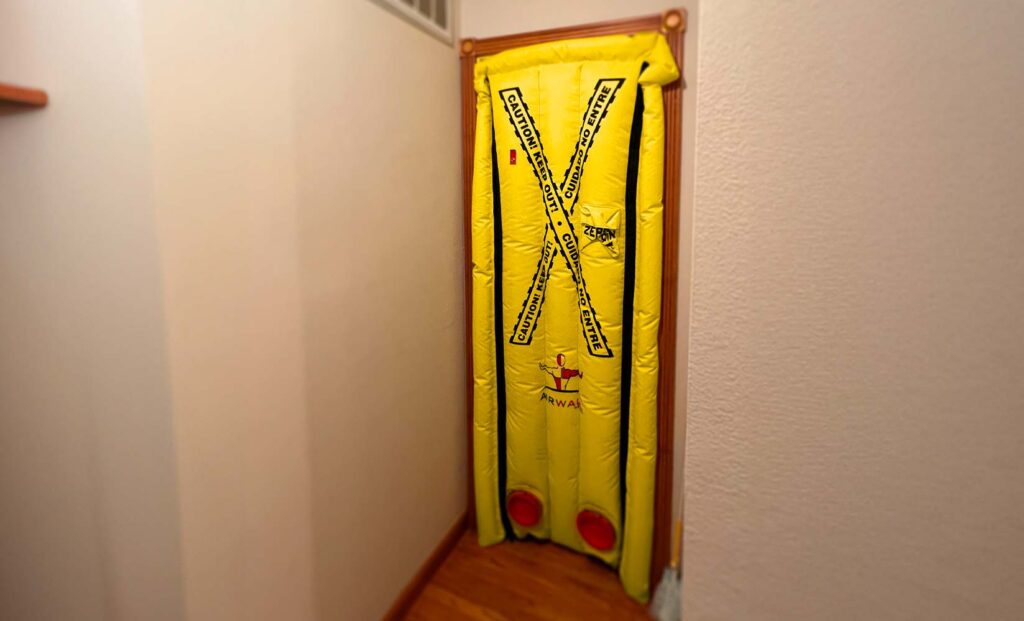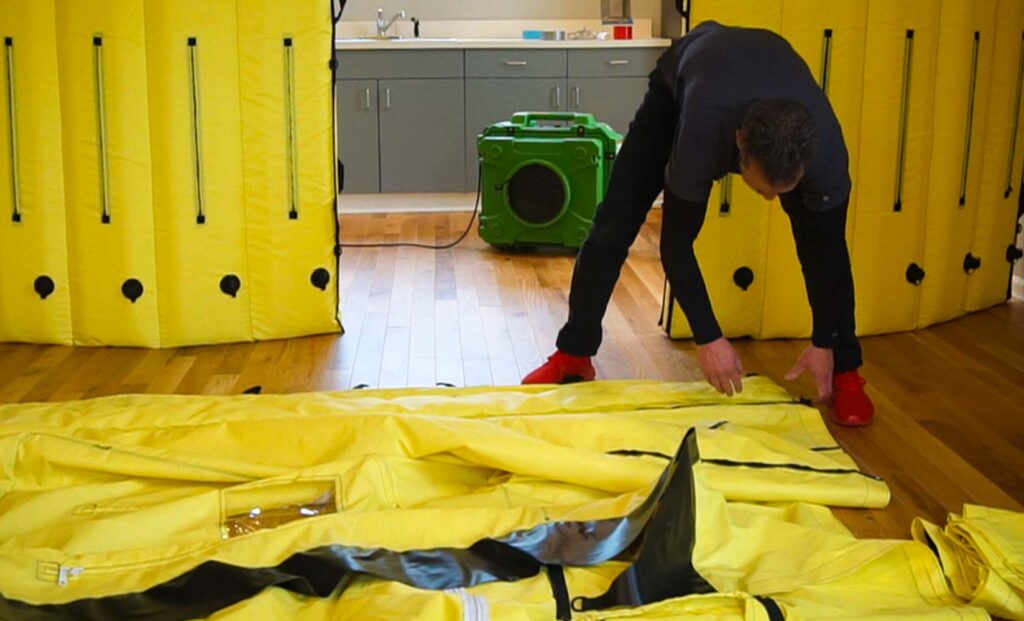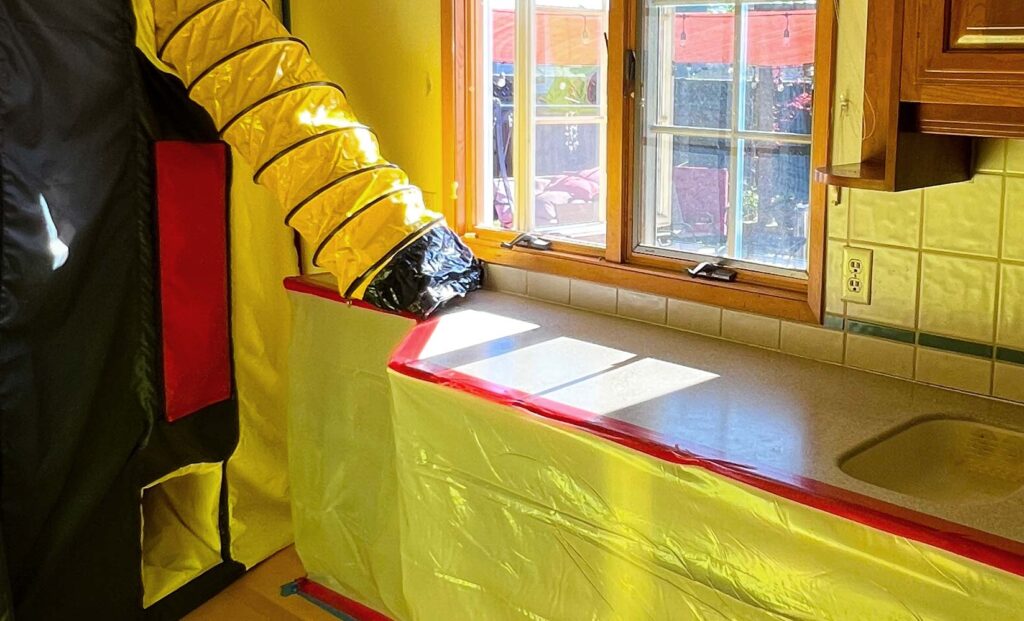Containment is an important aspect of the restoration process, as it helps to prevent the spread of contaminants and protect workers and occupants during the restoration process. Negative air pressure specifically, is a key element in containment during restoration work. In this blog post, we explore what containment and negative air pressure are, how they are used in restoration, and why they are important.
Why is Containment so Critical?
Containment is needed because it helps to prevent the spread of contaminants during the restoration process. This means that the workers, building occupants and any third party actors like adjusters, can avoid exposure. This is especially relevant when dealing with hazardous materials, such as mold, asbestos, bacteria, viruses or dangerous chemicals. By containing these materials, it is possible to prevent them from spreading and causing secondary damage or unnecessary health risks. Some of these materials like mold and asbestos come with a “risk factor”, meaning they may or may not negatively affect a person’s health now or in the future. Others, like viruses, bacteria or chemicals represent “a clear and present danger” that, depending on the material, can create an exposure to a person or group of people that is simply incompatible with life.
There are several ways that restorers can keep everyone safe. Well considered and well built containment including the use of negative air pressure is just one. The liberal use of high quality and properly fitted PPE along with proper donning and doffing protocols, as well as extensive training and continuing education are some of the others.
What is Negative Air Pressure?
Negative air pressure, also known as Neg Air, compliments a well built containment and is essential for any work that could expose the workers or the occupants to any known or unknown risk factors. Neg air is defined as any space that is below atmospheric pressure, or any pressure differential that exists where the contaminated space is held at a lower pressure than the pressure of the space outside of the containment.
Negative air pressure is created by using a device called a negative air machine or NAM, which uses a powerful motor to filter and then push or draw air out of a space. This creates a vacuum inside this “dirty” space, resulting in negative air pressure. It is well known that nature abhors a vacuum, but what does that mean? It means that nature will do whatever it can to fill an empty space in order to achieve equilibrium. It further means that airborne threats cannot escape the negative air pressure environment because the higher pressure air outside is constantly forcing itself in and forcing the threats back as it seeks that equilibrium.
How is Negative Air Pressure Used in Restoration?
Negative air pressure is commonly used in restoration to prevent the spread of harmful particles and contaminants during the cleaning and restoration process. For example, when cleaning up after a fire, negative air pressure may be used to prevent ash and soot, which might contain carcinogens or other dangerous compounds, from spreading throughout the less affected parts of the building.
Negative air pressure is also used to protect workers and occupants during a mold remediation process. By creating negative air pressure inside the work area, any harmful spores or hyphae that may be present are drawn away from the workers, filtered and then the cleaned air is ejected from the environment. This protects the workers from excessive exposure and limits the number of surfaces that are otherwise unaffected, from experiencing condition 2 contamination. If extra steps like controlling and filtering the makeup air and engineering an “air broom” of some type are used, then the workspace is safer, less likely to cross contaminate and it makes for a more efficient and profitable remediation process.
Negative Air Pressure & Containment Go Hand-In-Hand
Negative air pressure is an essential element of containment during restoration work. It helps to protect workers and the surrounding environment from exposure to hazardous materials. By using specialized negative air machines, plastic sheeting, and/or reusable containments such as AIRWALL, it is possible to create and maintain a critical, effective engineering control and a physical (as in relying on fundamental laws of physics) barrier that prevents the spread of contaminants. Well built containment, used with negative air pressure and a working knowledge of science and biology means that a restorer can contain, control and then neutralize the threats to the built environment and its occupants.
